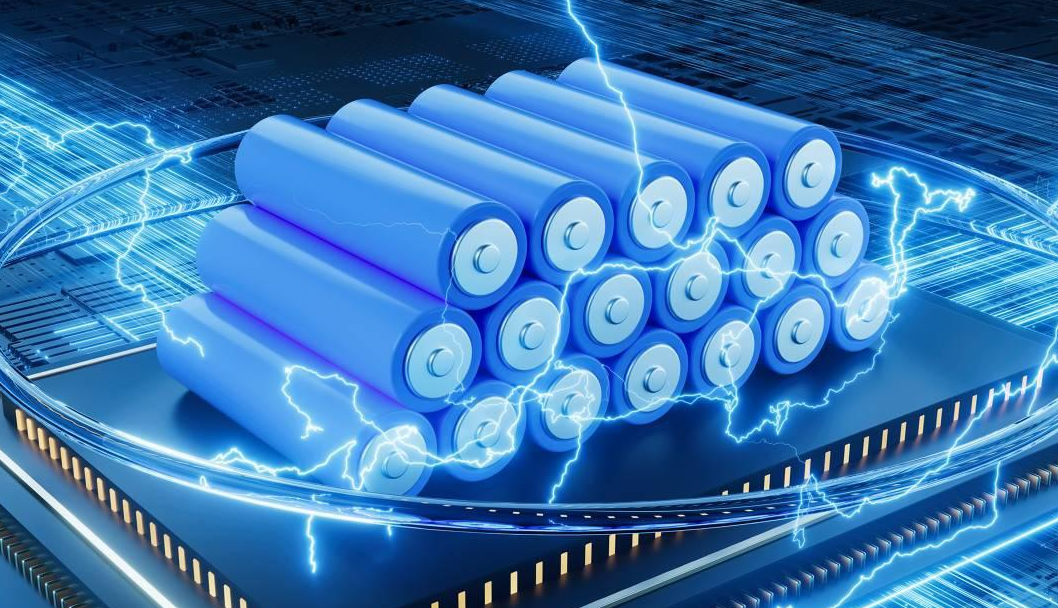09月22日, 2014 538次
In today's era of highly reliant on portable electronic devices, lithium battery cells have become a core component of modern life. With their high energy density, long cycle life and lightweight volume, they become the ideal energy choice for smartphones, laptops, electric vehicles and a wide range of wearable devices. This article will discuss the working principle, type, application and future development trends of lithium battery cells.
How it works
A battery cell lithium battery is a secondary battery (rechargeable) that uses the movement of lithium ions between the positive and negative electrodes to store and release energy. During charging, lithium ions migrate from the positive electrode through the electrolyte to the negative electrode and are embedded therein. During discharge, lithium ions return to the positive electrode from the negative electrode and release current for use by the external circuit. This process is accompanied by the flow of electrons in the external circuit, thus generating electricity.
Lithium batteries in battery cells are mainly divided into several types, including lithium iron phosphorus (LiFePO4), lithium nickel manganese cobalt oxide (NMC) and lithium titanic acid (LTO). Each type has its own unique performance characteristics and applicable scenarios. For example, lithium iron and phosphorus batteries are known for their excellent safety and long life, and are suitable for electric vehicles and energy storage systems; while NMC batteries are widely used in portable electronic products due to their high energy density and good charging and discharging efficiency.
application
The application range of lithium battery cells is extremely wide. In the consumer electronics field, almost all smartphones and tablets use lithium batteries as power supplies. In the field of transportation, the development of electric vehicles and electric bicycles has promoted the rapid progress of lithium battery technology. In addition, with the rise of renewable energy, lithium batteries also play an increasingly important role in grid energy storage systems, helping to balance energy supply and demand and improve energy utilization efficiency.
Future development
Looking ahead, battery cell lithium battery technology still has huge room for development. Researchers are exploring new electrode materials, electrolyte formulations, and manufacturing processes to increase battery energy density, extend service life and reduce costs. Solid-state battery technology is considered an important direction for the next generation of lithium batteries. It uses solid-state electrolytes instead of traditional liquid electrolytes, which is expected to significantly improve the safety and energy density of the battery.
In addition, with the global emphasis on sustainable development, recycling and reuse of used lithium batteries has also become a hot topic of research. An effective recycling strategy can not only reduce environmental pollution, but also recycle precious metal resources and promote the recycling of resources.
In short, battery cell lithium batteries, as a key technology of modern energy, are constantly promoting the progress of science and technology and society. With the continuous innovation and improvement of technology, we have reason to believe that lithium battery cells will continue to provide us with more efficient, safe and environmentally friendly energy solutions.
https://www.senyafactory.com:Portable Power Station Factory Portable Power Station OEM Portable Power Station Manufacturer
